Cats naturally urinate in a litter box, but if they have a reason to avoid it, they often choose the bathtub as an alternative. The reasons why there may be litter box avoidance can vary from a simple lack of cleanliness to a life-threatening condition. Due to the serious reasons for this problem, it's important for cat owners to know why their cat is peeing in the bathtub.
What Is Litter Box Avoidance?
The act of not wanting to pee in the litter box is called litter box avoidance and is a common occurrence in cats. If a cat associates its litter box with a negative experience it may decide to pee outside the box or in the bathtub. That's often because the bathtub is like a large, clean, litter box to a cat, so it is an obvious second choice for many felines.
Why a Cat May Pee in a Bathtub
Sometimes peeing in the bathtub is a one-time occurrence but other times it becomes a regular habit for a cat. The reasons why a cat may pee in a bathtub can serve as a checklist for a cat owner to find the root of the problem and potentially correct it before more serious issues occur.
- Dirty litter or litter box: Just like people, cats like to have a clean bathroom. One of the most common reasons for a cat to pee in a bathtub is due to a dirty litter box. The litter may be old and used, clumps of urine and feces may burden the box, or the plastic box itself may be overdue for a cleaning resulting in a cat not wanting to use it.
- Closed-in litter box: While popular as a means of hiding the litter box, covered or enclosed litter boxes are actually deterrents for a cat to want to use them.
- Type of litter: Changes in litter often result in a cat peeing in a bathtub. Cats have preferences and some simply do not like certain types of litter, especially if the litter is scented.
- Fear or pain was experienced while in the litter box: If a cat has a difficult time urinating due to arthritis, a UTI, a bladder stone, cystitis, or another health issue it can cause pain. If pain occurs while in the litter box, a cat may associate the litter box with that pain, even if the cat is not currently having a health problem. The same is true for cats that are scared or startled while in the litter box. This may occur if a child or other pet frightens a cat while it is attempting to do its business in the box.
- Urinary tract illness: Sometimes peeing in a bathtub is a call for help from a cat. Cystitis, bladder stones, urinary tract infections, and kidney infections can all make a cat feel sick, have trouble urinating, and want to avoid where it normally associates urinating. But it may also be trying to get your attention and tell you that something is wrong.
- Not enough litter boxes: In order to give cats options, there should always be at least one more litter box in the house than there are cats. This means that if there is one cat, there should be at least two boxes and if there are two cats, there should be at least three boxes. If there are not enough litter boxes, a cat may resort to peeing in the bathtub.
How to Stop a Cat From Peeing in a Bathtub
The best way to stop a cat from peeing in the bathtub is to fix the problem that is causing the litter box avoidance in the first place. This may mean a vet visit is in order to rule out any health problems, or you might need to clean the litter box, add another one, change its placement to give your cat more privacy, or even switch to an unscented litter if you are currently using a scented variety. If a health problem is the reason for the litter box avoidance, your veterinarian will recommend the proper course of action which may include medications, dietary changes, or other lifestyle alterations.


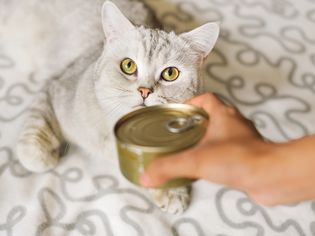
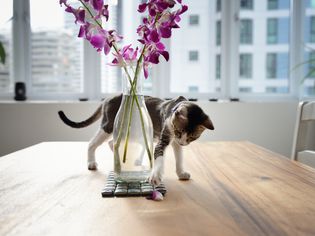


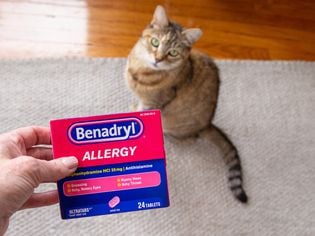
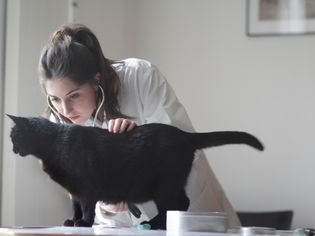

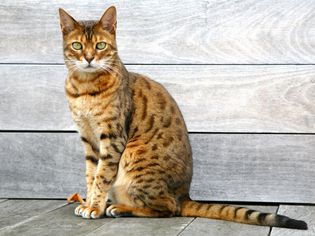
Comments on " What to Do If Your Cat Is Peeing in the Bathtub" :